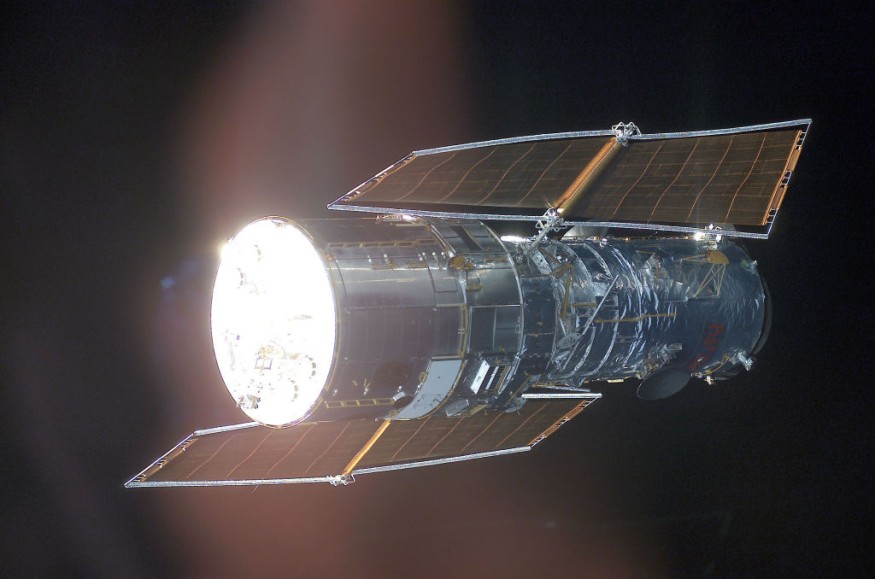Humanity needs to keep hunting for other worlds than earth that could be home for different kinds of life, according to the surveys of mostly United States astronomers showed, as classified in a recently issued report by the National Academy of Sciences, Engineering, and Medicine.
A report from The Independent said that according to a major report sponsored by NASA, the search for extraterrestrial life is the astronomers' tip priority in the next decade.
It noted that "extraordinary progress" has already been made when it comes to searching for exoplanets and surveying them.
The absolute goal would be to take photos of other worlds that might be similar to earth. Indicated in the report is that "life on earth" may be the outcome of a common process, or it may need such an unusual set of conditions that humans are the living parts within this part of the galaxy, or even in the universe.
Either answer is insightful, also stated in the report that also added, the coming decades "will set humanity down a path" to identify if we are alone.

Call for More Work to Study Neutron stars, Black Holes, Galaxies, and Universe
The report called for more work to look into neutron stars, black holes, galaxies, and the universe. More so, the survey also noted the glaring absence of diversity among those working on astronomy projects, suggesting that NASA needs to look at the demographic makeup of teams when deciding what research carries on.
The report is conducted every decade, and it draws input from scores mostly of scientists based in the US. Essentially, it's helping establish the priorities, as well as the recommendations that will guide planetary and astronomy studies in the years yet to come.
Specifically, this latest report suggests that NASA develop a new office to administer space observatories and overlapping missions in the decades ahead.
As specified in the report, first up should be a telescope that's substantially larger than the Hubble Space Telescope, as described in the NASA Hubblesite website, that would be capable of identifying planets that are 10 billion times fainter compared to their stars.
Telescope Substantially Bigger Than Hubble Space Needed
Once the essential technologies are all set, this telescope could be ready for launch by 2040s for roughly $11 billion, succeeded by other mega observatories in the billions of dollars.
However, the report emphasized the need for smaller, more modest missions, too. Launching a single spacecraft each decade with a $1.5-billion cost cap, it stated, is balancing science with timeliness.
The report also showed the threat in previous years of cost overruns and delays in deferments in major projects.
Finally, due for blasting off in December, the NASA-led JAMES Webb Space Telescope, developed to scan the early universe, and discover the atmosphere of other worlds, is a primary example of that.
Yet, its inauguration promises to be a momentous occasion that will shape the astronomy and astrophysics' course in the decades yet to come.
Related information about life on other planets is shown on Discovery UK's YouTube video below:
Check out more news and information on Space on Science Times.











